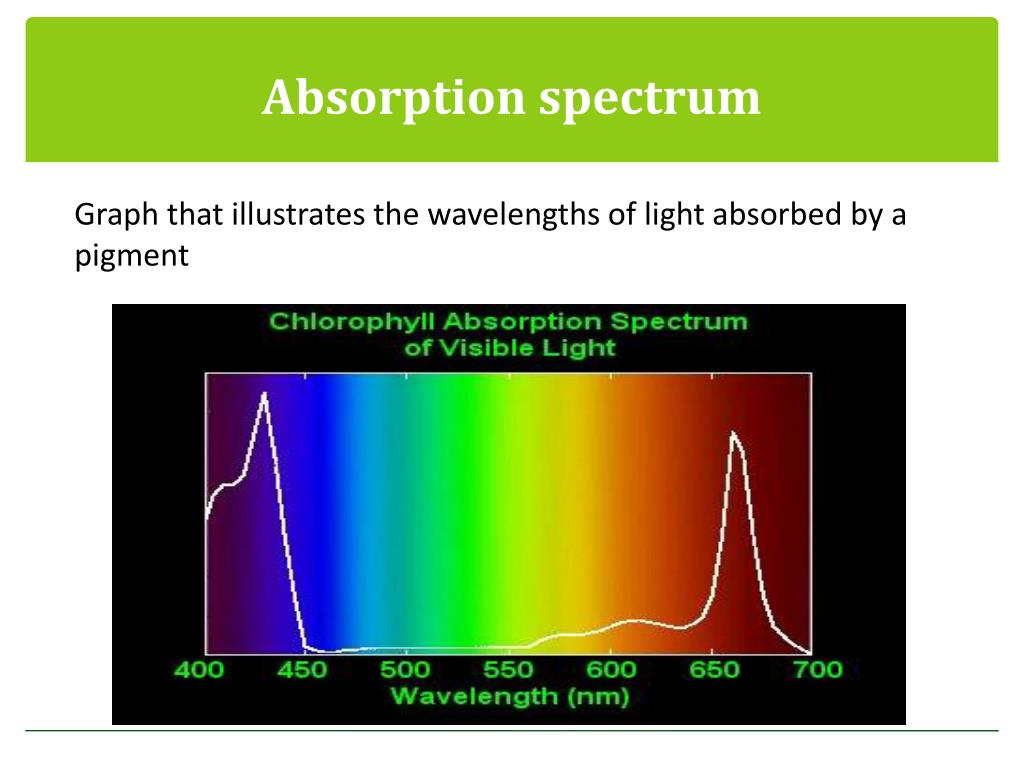

While having no application in protein research, emission spectroscopy methods are fairly well refined and are widely used in two other science areas–in space research and in atmospheric science. In other words, some external treatment was required to cause the protein to generate radiation in all of the described cases.

Although there have been studies to measure IR emission spectra of proteins, these have involved the exposure of proteins to radiation from different frequency ranges. It is noteworthy that the popular western blot technique, within the framework of which radiation from a protein is detected, or methods using GFP-derived fluorescent proteins are not related in the literal sense to emission spectroscopy, as radiation occurs in those methods as a result of chemiluminescence or fluorescence processes. However, in terms of fundamental research, it is an alternative method of obtaining spectral information about protein structure and it could prove practical. Yet no protein emission spectroscopy techniques are known to be applied to detecting the spectra of protein intrinsic radiation. In protein studies, IR spectroscopy is predominantly used as part of absorption spectroscopy techniques (i.e., for measuring absorption spectra). These days, IR spectroscopy has steadily been among methods for studying protein structures at the different levels of their organization. In the mid-twentieth century, first studies appeared that demonstrated the large potential of infrared (IR) spectroscopy for protein research. Being applicable to the study of protein solutions in low concentrations, the proposed approach is not only interesting from the point of view of fundamental science but also can have applied significance in biological and medical research. There is also potential for extending the available frequency range into the far infrared and terahertz ranges. At the same time, in the fingerprint region from 500 to 1,600 cm −1 (the most informative part of the infrared spectrum), the highest sensitivity of the method is demonstrated. At the sample temperature of 25°С, emission spectra can be detected in the range from 400 to 3,600 cm −1, which covers almost the entire frequency range of existing stretching and bending vibrations of molecules. Another significant advantage of the method described in the article is its noninvasiveness. It has also been demonstrated that emission spectroscopy offers advantages in the signal-to-noize ratio compared to absorption spectroscopy and allows analyzing the structural characteristics of a protein, in particular, providing information about its secondary structure. The described method allows detecting spectral lines with a radiation power of about 10 −8 W or even less. Using solution of human interferon gamma as an example, it has been shown for the first time that proteins have intrinsic radiation. The intensity of radiation is determined by the population of the respective energy states, which, according to the Boltzmann distribution, depends on temperature and frequency. Radiation occurs due to spontaneous radiative transitions from excited vibrational energy states to the ground state of molecules. It is also important to select the optimal vacuum pumping depth for the spectrometer and sample thickness. In this work, the background was a black body at the boiling point of nitrogen. The necessary conditions for detecting radiation from a sample are the use of a highly sensitive cooled detector and the presence of a cold background. Radiation is detected using a vacuum Fourier-transform infrared spectrometer, and the tested sample itself is a source of radiation. This paper describes a new method for measuring the spectra of infrared radiation emitted by protein solutions in the native state without any external excitation. 2Institute of Theoretical and Experimental Biophysics, Russian Academy of Sciences, Pushchino, Russia.1Institute of Cell Biophysics of the Russian Academy of Sciences, Federal Research Center “Pushchino Scientific Center for Biological Research of the Russian Academy of Sciences”, Pushchino, Russia.


 0 kommentar(er)
0 kommentar(er)
